
With more cannabis products pushed into mainstream acceptance, cooking with cannabis is growing.
Cannabis edibles are any food that is infused with cannabis compounds like THC and CBD. Chefs who cook with cannabis say it’s a great option for people who don’t want to smoke cannabis but still enjoy it. Most people think of chocolates, brownies or gummies. But edibles vary in both form and potency and can be added to all sorts of foods, making it potent or as weak as you like.
However, cooking with cannabis is far from simple. You want to make sure you understand a few basic concepts about cannabinoid ratios, dosage calculation for your infusion, and other fundamentals. That’s a very good reason to simply buy cannabis-infused meals, snacks, and beverages from professionals and companies that specialize in this new market.
I talked to chefs and marketers with different backgrounds to hear about their experiences of cooking with cannabis.
Stacy Primack first equated cooking with art at a young age when she helped decorate gingerbread houses. Her curiosity about cooking led her to a career as a chef. She trained at the top culinary school in the country, The Culinary Institute of America in Hyde Park, NY. She honed her skills in pastry at the French Pastry School and a chocolate course at Stéphane Tréand Pastry School.
She spent 15 years working for some of the most renowned chefs and hotels in the nation, including Emeril Lagasse, Roy Yamaguchi, Graham Elliot, the Ritz Carlton, and Giuseppe Tentori. In 2019 she received a certificate of completion in Culinary Cannabis by the Culinary Cannabis Association based in Toronto.
How did you get into cooking with cannabis?
I entered the world of cannabis paired with cuisine upon working for SōRSE back in 2017, a Seattle-based patented proprietary water-dispersible emulsion technology company. I was initially brought on to curate three cannabis cookbooks for Pearl2o (a 1:1 cannabis cooking ingredient). During my six-year tenure, I served thousands of cannabis-infused dishes for groups such as Arcview, Have a Heart, Dope Magazine, High Times, MJ BizCon, Herbal Notes, NAFFS, Hall of Flowers, Down the Rabbit Hole, Cannavale, and Hoffwell Events.
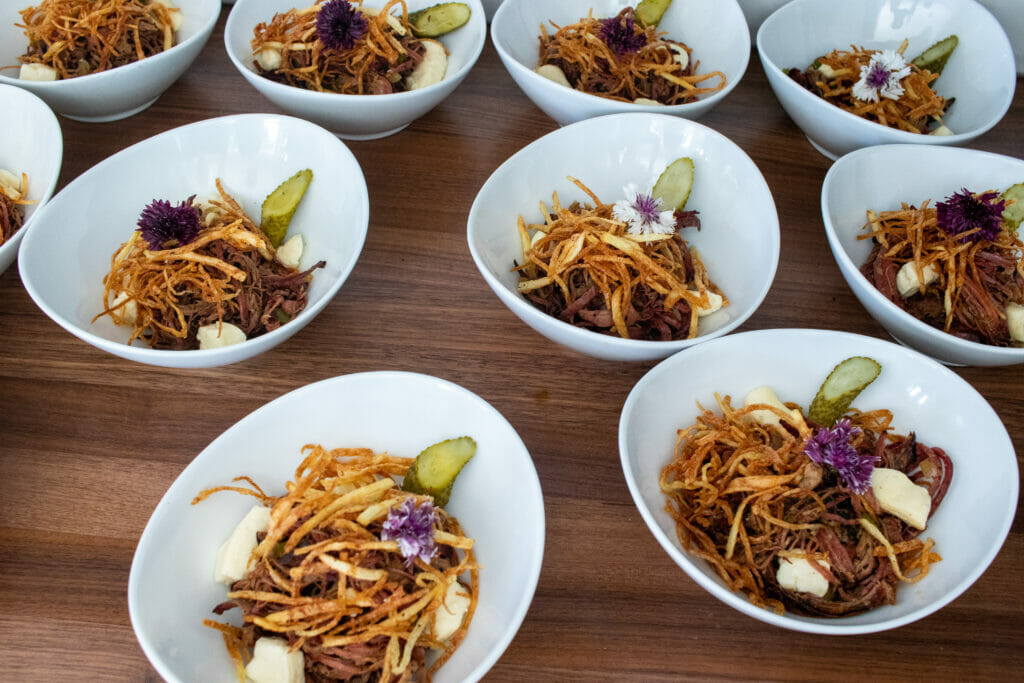
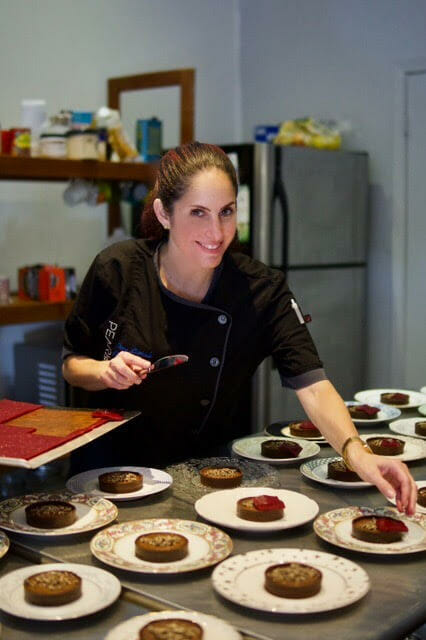
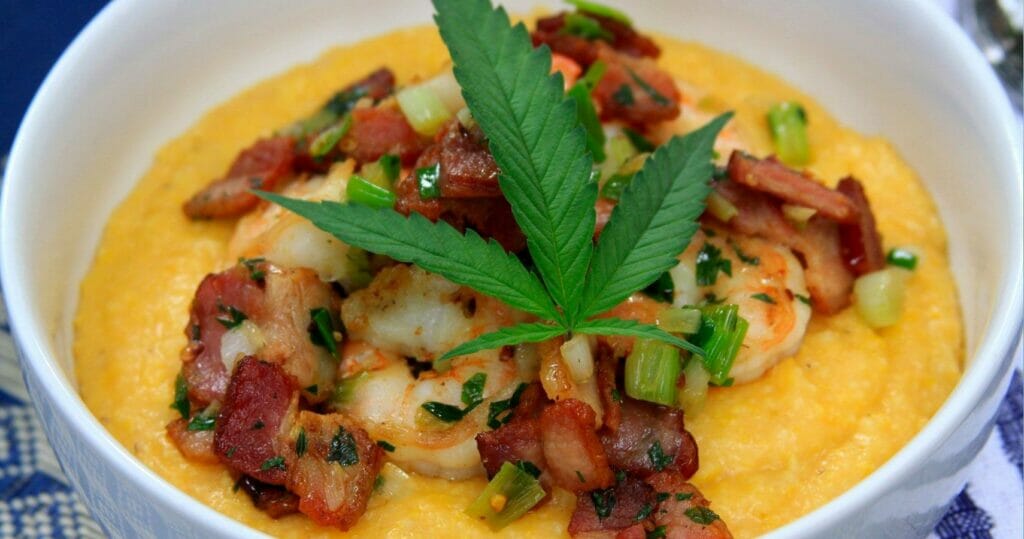
When did you start hosting cannabis dinners on your own:
In 2018, I created Elevated Fork, an underground prohibition-esque cannabis-infused dining event platform: www.elevatedfork.com. It’s been on hiatus from the 2020 pandemic until very recently. I personally have hosted food events in London, Toronto, Mexico, and throughout the U.S.
Elevated Fork is a multi-course meal served to guests who fill out a dosage preference guide and sign an NDA ahead of time. It’s a safe and comfortable environment for avid users and the canna-curious who come together and enjoy what upscale cannabis dining should be. The dinners come with live art, live music, and often a member from the cannabis community to answer questions while I curate a beautiful meal for my guests. I do not allow smoking inside, so the guests can fully grasp cannabis in edible form, and I have better control of what is getting into their bodies. Safety is of utmost importance to me.
Can you share some highlights of your career:
My recipes have been featured in Dope magazine and The Cannabis Cooking Magazine. I’m elevating the perception of cannabis by providing guests with a safe and comfortable space, where food is the star and cannabis enhances the experience.
Examples of some of my elevated cannabis-infused dishes include miso tahini avocado toast with shaved radish, sesame gomasio and scallion, as well as yuzu shortbread bars with coconut cremeux, dragonfruit, mango gel, and basil oil.
Most recently, my formulated flavor Pacific Coast Blue Raspberry, a 100mg THC CPG beverage, Major, took 1st place in the Oregon Growers Cup as well as 3rd place for Cannachef Seattle. It was one of the best flavors of the five they have, consistently across the 5 states it’s available in. From 2021 until June of 2023 I was the National Brand Manager for Major, a subsidiary of SoRSE.
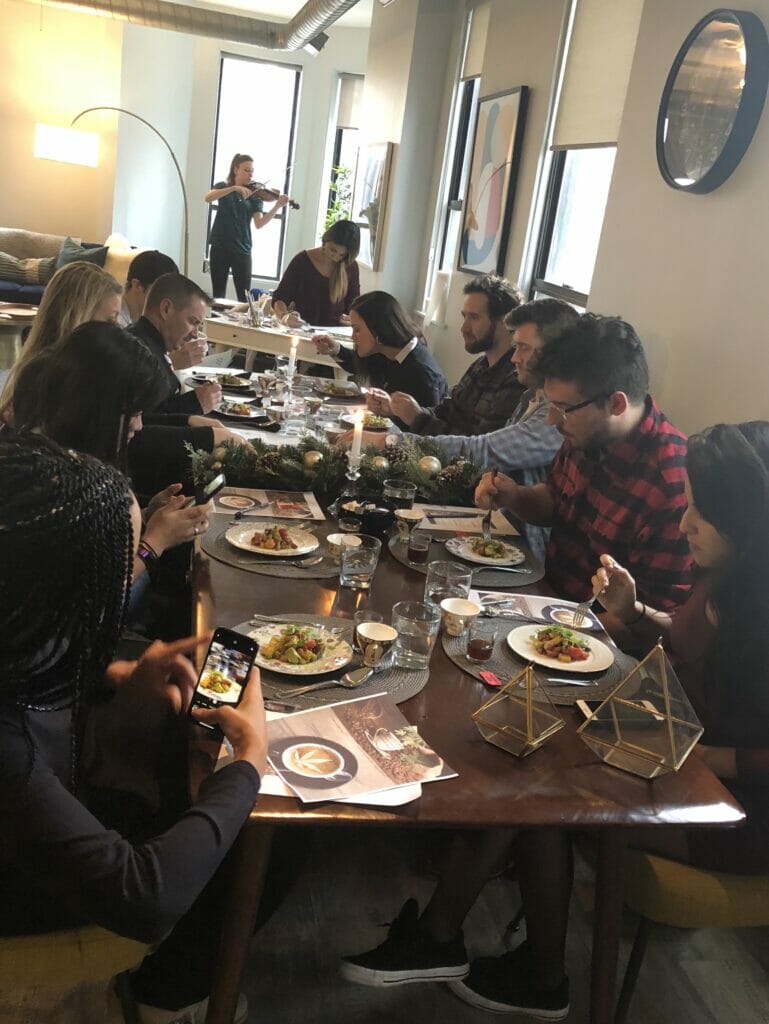

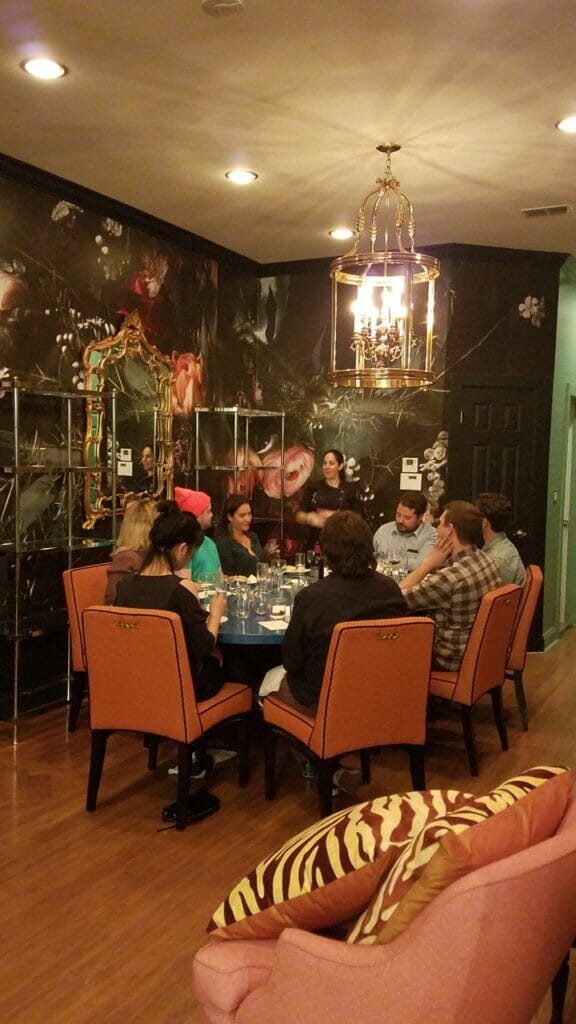
How have you shared your experiences with others:
Over the past six years, I’ve written articles or been featured in NW Leaf Magazine, Kitchen Toke, Dope Magazine, Wikileaf, Ellementa, and in Prepared Foods magazines. In 2020, I made a television debut for the Netflix series “Cooked with Cannabis” hosted by Kelis and Leather Storrs based on cannabis and cooking. I have interviewed with multiple podcasts, such as Weed Talks for Cannabis Wiki, Budtenders Club, Babes and Buds, and have done YouTube/ Instagram instructional cannabis baking videos. I’m most active on Instagram and TikTok as Pastrypants.
In 2023, I joined my significant other, as he secured a cultivation position with Standard Wellness, here in Ohio. I continue to educate consumers, budtenders, medical patients, and dispensaries across America about the importance of safe dosing, compliance, and how cannabis works specifically in beverages for edible form. I am currently serving as part of the advisory committee on the NTEF, a charitable 501(c)(3) organization that advances education, research, outreach, and philanthropy within the industries that support natural healing.
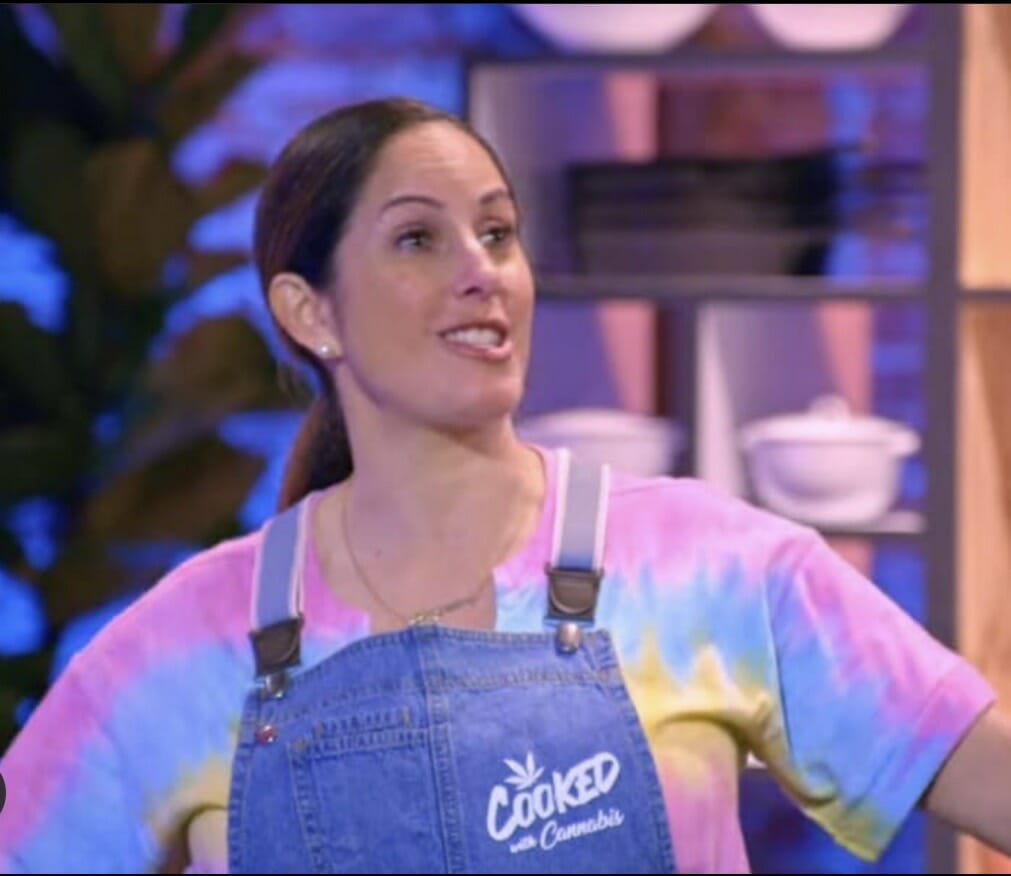
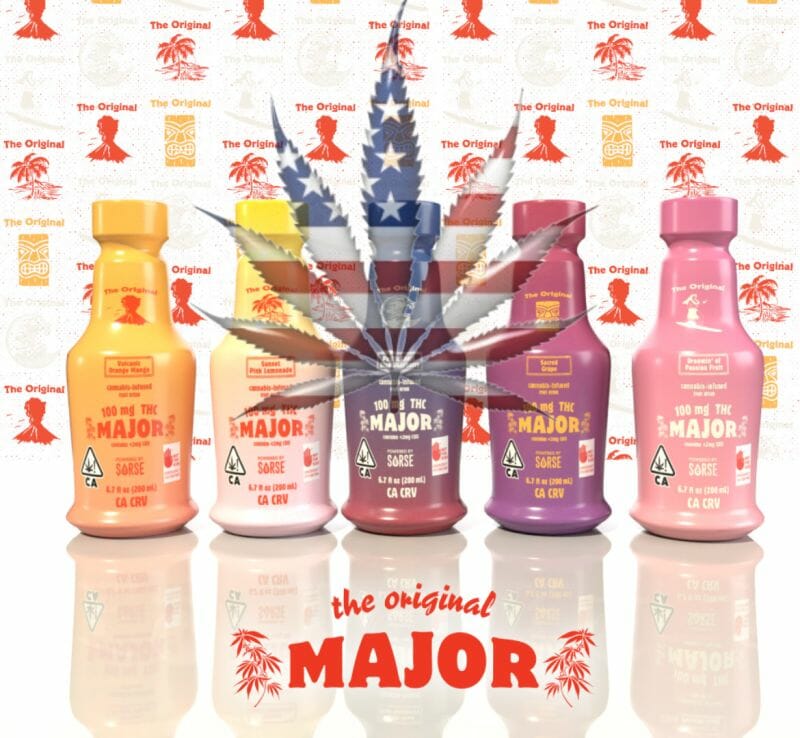
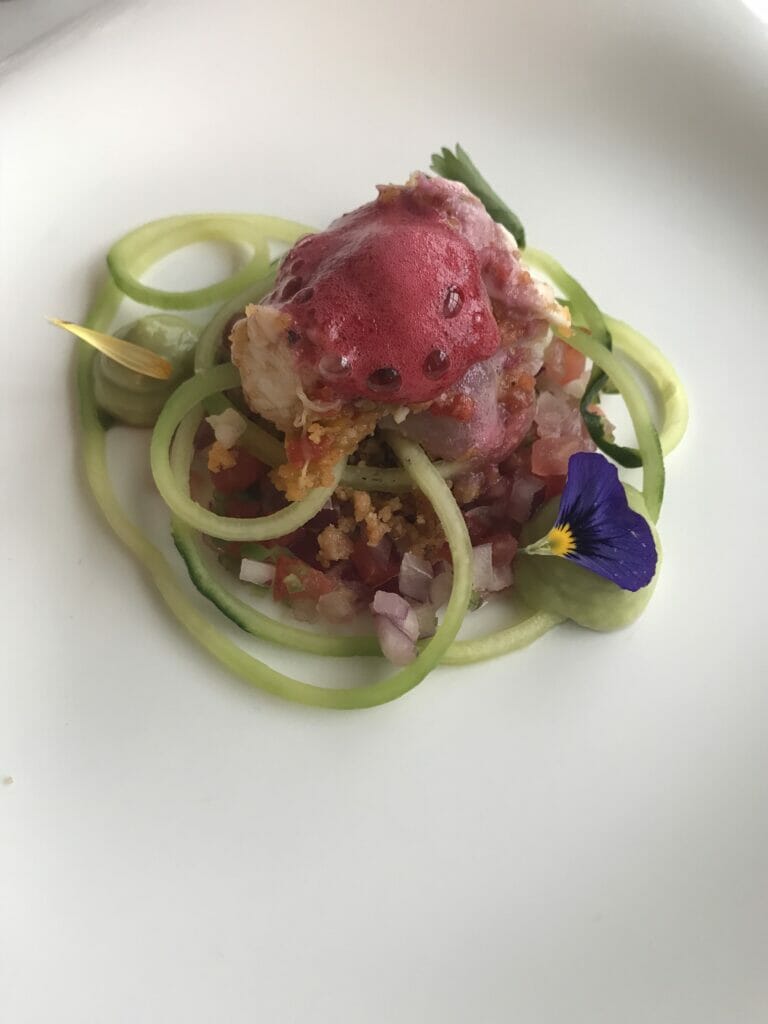
Can you share some lessons learned?
It was a lot of trial and error in the beginning. Cannabis is as much an ingredient as any other plant or herb, but with it’s intoxicating effects, you want to be cautious that you aren’t sending anyone off into space. Every one of us has a different tolerance than the next, and it’s important to be mindful of that.
Also, not everyone is interested in eating an immense amount of sugar just to make the medicine go down. Sorry, Mary Poppins. If I am involved in an event that is for the general public, I always make my edibles low-dosed, and sometimes a 1:1 ratio of CBD to THC helps to mitigate that paranoia feeling often associated with getting “too much.”
If I am to host a private event, I will ask people’s preferences way ahead of time, and make sure that each plate is dedicated solely based on their experience level as well as their dietary preferences. With my experience, and using more than just a fat-laden oil or butter, there are other forms, such as powders, and water-dispersible emulsions that add no additional calories or sugar. MCT oil is also a great medium (insert triglyceride pun here lol), which is a type of lipid (fat) that already exists in your bloodstream. This is great for infusing sauces, dressings, condiments, soups, and mashed potatoes.
The major issue most people have is dosing correctly. With the correct math using the percentage of THC from the flower, and then converting it into how much is needed for your medium, accounting for heat degradation, potency, and how much of this you will actually use in your end product can be tricky. It’s very helpful to either get it lab tested or if you have a THC check, they can get pretty accurate now.
Chef Jeremy Cooper is recognized for his expertise in crafting gourmet edibles, alternative botanicals, and pioneering culinary experiences. With a career spanning diverse domains, he has consistently demonstrated his commitment to innovation, education, and transformation.
He offers guidance to companies seeking to thrive in the edibles cannabis landscape, including consulting on manufacturing and production.
Beyond his entrepreneurial endeavors, Chef Jeremy’s true passion is in enlightening individuals about the intricacies of the cannabis industry, as well as our global cannabis history. He enjoys sharing his extensive knowledge through immersive educational cannabis cooking classes, world-class events, and the establishment of cannabis cafes across international locations.
His culinary dimensions range from gourmet edibles and farm-to-fork cuisine to creating the world’s first Cannabis Food Truck nearly 10 years ago when he was West Coast director of operations for Magical Butter. The MagicalButter machine allows people to make edibles at home and infuse herbs into butter, oils, and tinctures.
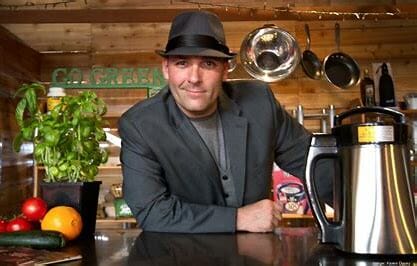
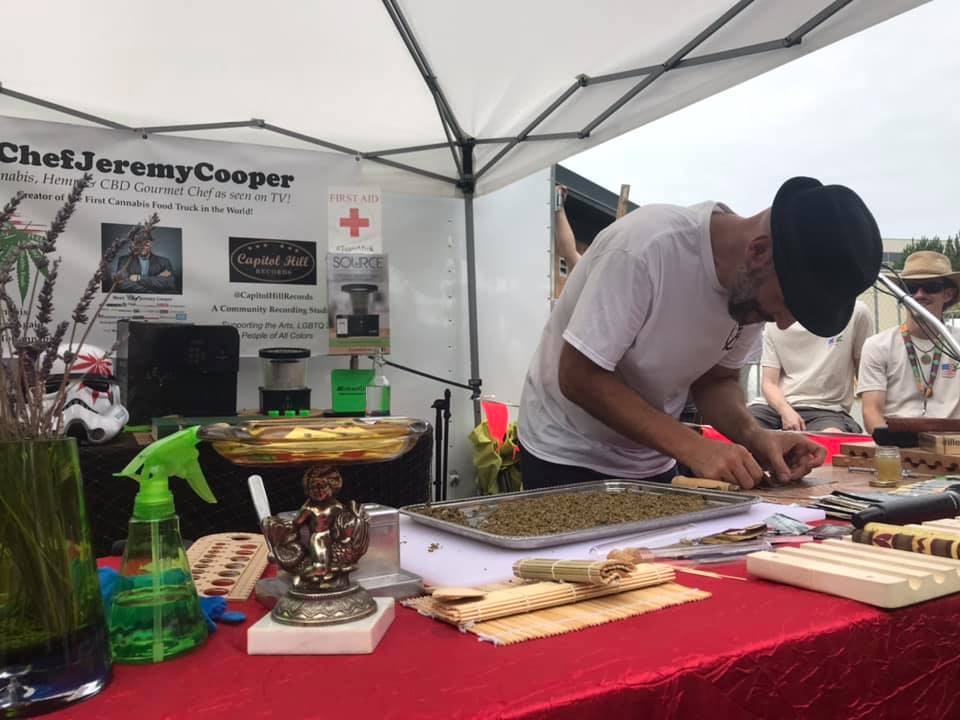
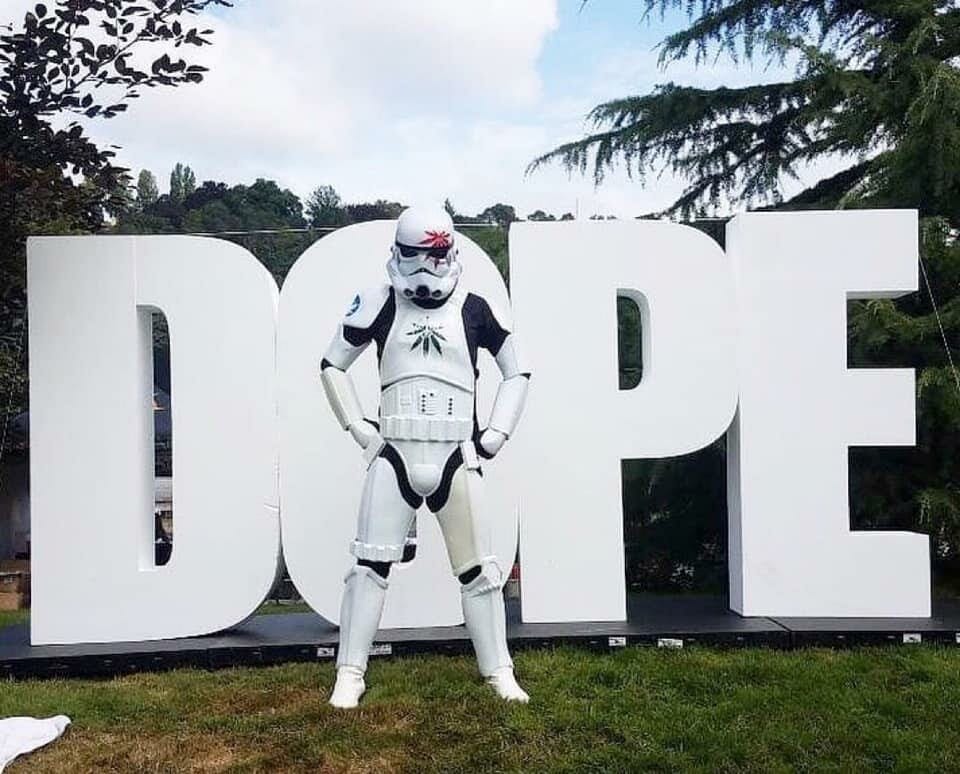
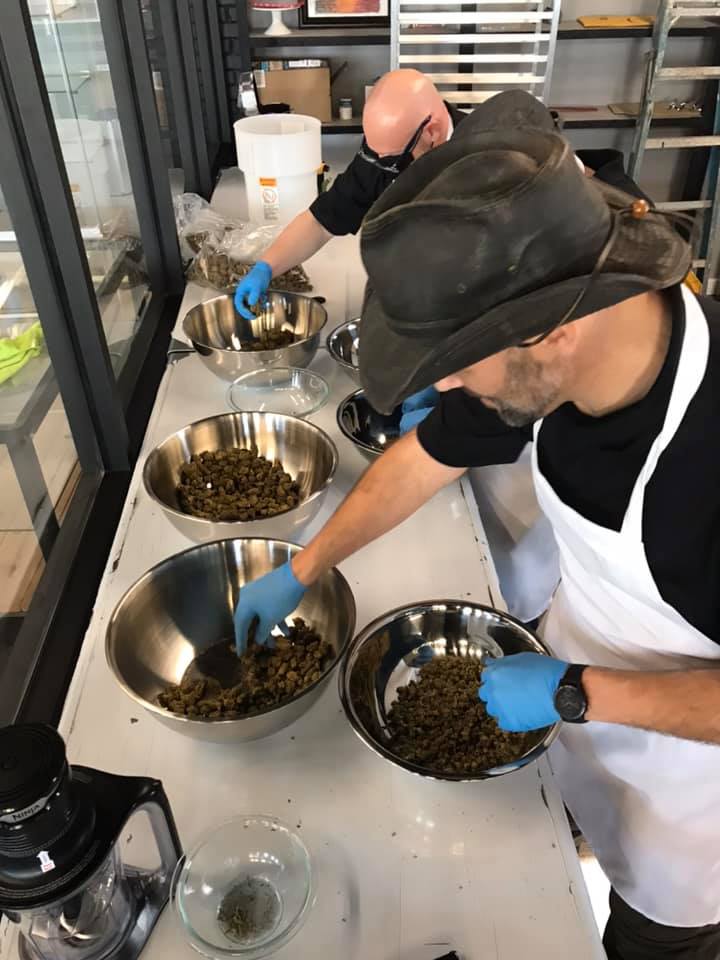
How did you get into cooking with cannabis?
My journey into cannabis-infused culinary arts began unexpectedly after leaving a corporate job and transitioning to freelance journalism. Attending a major cannabis event introduced me to industry legends like Jack Herrera and Ed Rosenthal. This led me to explore the therapeutic potential of cannabis after its legalization in Washington. I started with crafting shampoos for cancer patients and soothing soaps for infants with eczema. This evolved into creating a range of products, including edibles and extracts, that blend science with compassion. This journey highlighted the various ways cannabis can improve lives through its therapeutic properties and has become my passion.
Please share a few things that you’ve learned about cooking with cannabis:
A profound realization I have learned through my engagement in cannabis-infused cooking is the multifaceted potential of cannabis to serve as a transformative agent on a global scale. Beyond its traditional applications, cannabis presents a spectrum of possibilities that could potentially contribute to addressing pressing challenges and advancing various industries.
One notable facet of this potential lies in the development of hemp-based polymers. The versatility of hemp fibers, coupled with their eco-friendly nature, offers a sustainable alternative to conventional polymers derived from fossil fuels. By harnessing hemp’s inherent strength and adaptability, innovative solutions can be crafted to replace non-biodegradable materials, thereby contributing to the reduction of environmental strain and waste accumulation.
The intricate design of cannabinoid structures holds promise in revolutionizing the field of healing treatments. By leveraging the intricate chemistry of cannabinoids, targeted treatments for a wide array of medical conditions become conceivable. This includes the potential to alleviate ailments that have proven resistant to traditional medical approaches. This avenue of research opens doors to novel medical interventions, underlining cannabis as a valuable resource in addressing the health challenges that afflict society.
The environmental benefits of cannabis extend to its capacity to mitigate our carbon footprint. The cultivation of hemp, which sequesters carbon dioxide from the atmosphere, can play a pivotal role in carbon capture and offsetting emissions. This natural carbon sequestration mechanism aligns with global efforts to combat climate change, positioning cannabis as a potential contributor to a sustainable future.
Moreover, cannabis offers a bridge between our historical legacy and the demands of the future. As a versatile crop with a rich history of human utilization, it can provide the essential building blocks necessary to propel us into an era of innovation. By drawing from the lessons of the past and integrating them with modern advancements, we can forge a path forward that is both rooted in tradition and geared toward progress.
The paradigm of cannabis as a transformative force goes beyond its culinary applications. Its potential to yield sustainable materials, revolutionize medicine, mitigate environmental impact, and serve as a bridge to innovation illustrates the multifaceted contributions it can make to our global trajectory. As we continue to explore the remarkable possibilities embedded within this plant, we pave the way for a more sustainable, innovative, and prosperous future.

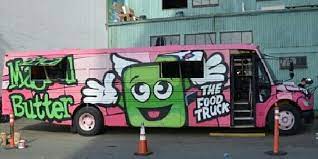
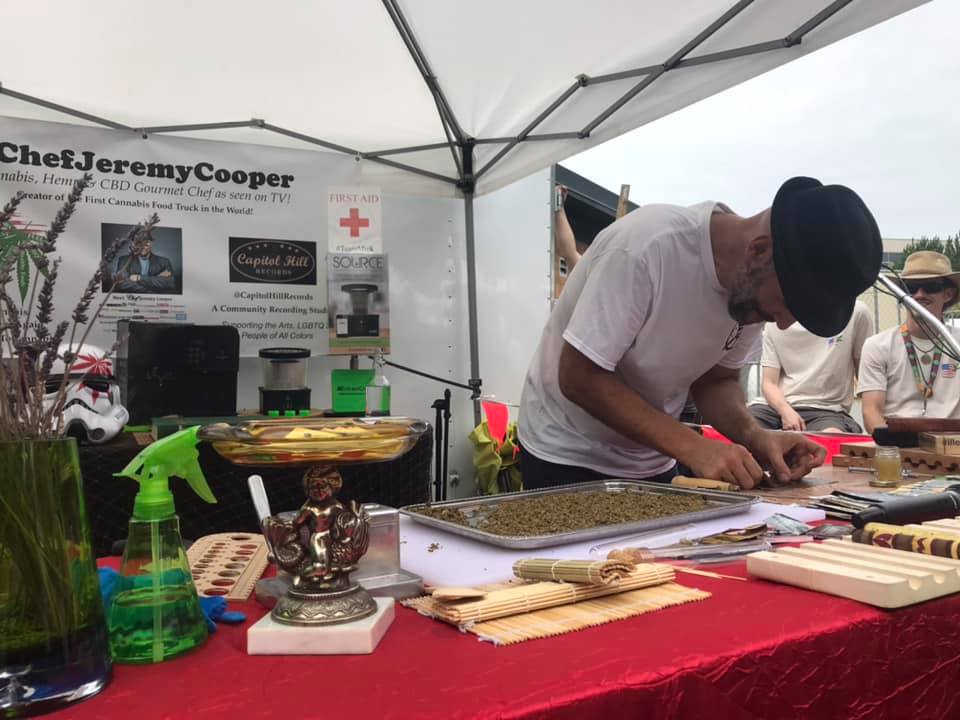
Please share a few highlights of your career in cannabis:
While my career has certainly included noteworthy events such as winning cannabis cups, competitions, hosting celebrity parties, and innovative ventures like the traveling museum, the Cannabis Historical Society, and the Cannabis 7Leaf Bed & Breakfast, the true highlights of my journey remain less visible yet immensely rewarding. It is true that crafting celebrity meals for individuals like the Super Troops cast, Ghostface Killah, and the cast of the movie Friday, alongside hosting legendary events featuring artists like Snoop Dogg, have been remarkable experiences. Undoubtedly, pioneering accomplishments like the creation of the world’s first cannabis food truck and embarking on cross-country road trips hold iconic significance.
Nevertheless, what truly matters are the profound moments of impact and the heartfelt gratitude I’ve received from those I’ve had the privilege to assist. The profound joy of witnessing children with autism expressing love to their parents for the first time, providing relief to infants suffering from eczema with a simple bar of soap, and witnessing soldiers find solace from their pain and trauma are the unspoken, yet most cherished, highlights of my career. These moments of transformation and relief are the ones that truly define the meaningful impact of my journey in the cannabis industry.
Angela Harmon is the director of sales and marketing at Franklin’s Stash House, a multicultural cannabis brand based in Kansas City, MO. The company offers Franklin’s line of preroll THC blunts and high-terpene hemp wraps, as well as food and beverages in the THC space.
Last year, the company announced a partnership with 80-year-old Guy’s Snacks with the newest addition to their lineup, the Ridges Style THC-Infused Chips. In 2022, the company also launched the award-nominated infused beverage James’ Lemonade. The company launched Guy’s Rootbeer a few months ago.
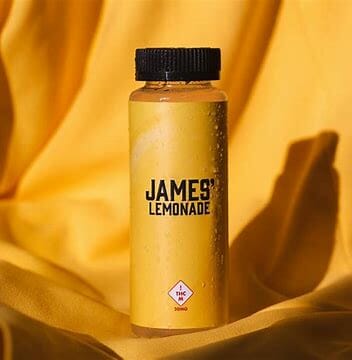

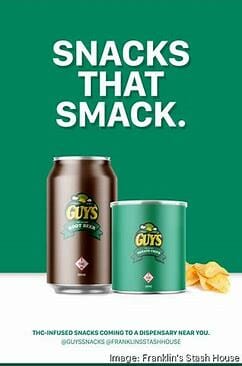
Why did your company decide to expand into the snacks and beverage markets?
We wanted something that people could rely on for an edible without having combustion, as in smoking. We wanted to offer other options besides inhaling.
We brought nanotechnology with us so that people could avoid being overmedicated with gummies. You feel our beverages in 15 or 20 minutes. It’s harder to regulate gummies for a lot of people because it can take 45 minutes to an hour to get in your system, and people get impatient. Sometimes they don’t feel anything quick enough, so they take another one. Then they feel overmedicated with gummies.
The lemonade is the most popular so far. We just rolled out a fruit punch line as well. The Guy’s chips are amazing. We are working on adding more air in the bag so that chips are less crumbled. Our chips have two grams of THC in each chip. It’s about microdosing, so you don’t have to eat the whole bag.
Right now our products are sold in about 160 locations in Missouri.
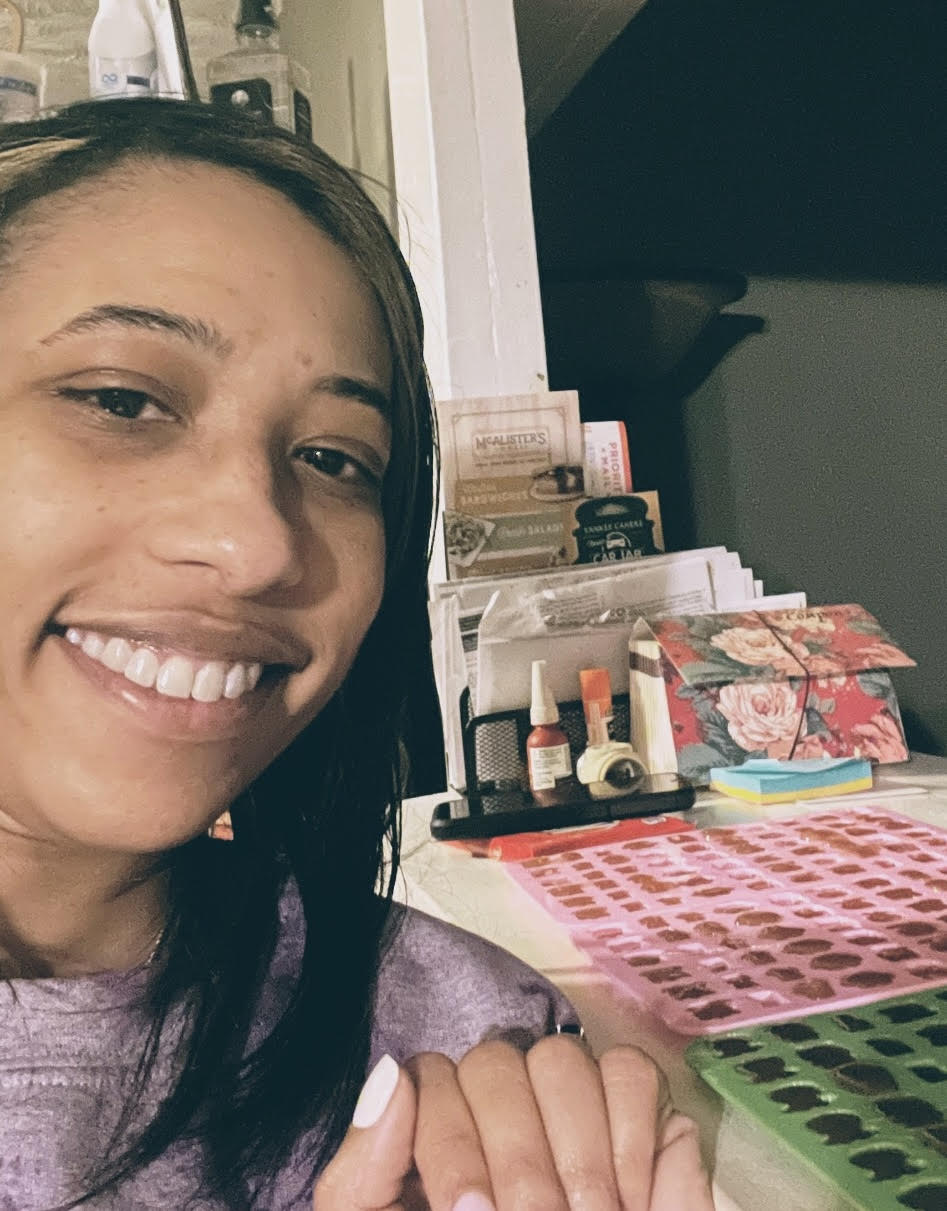
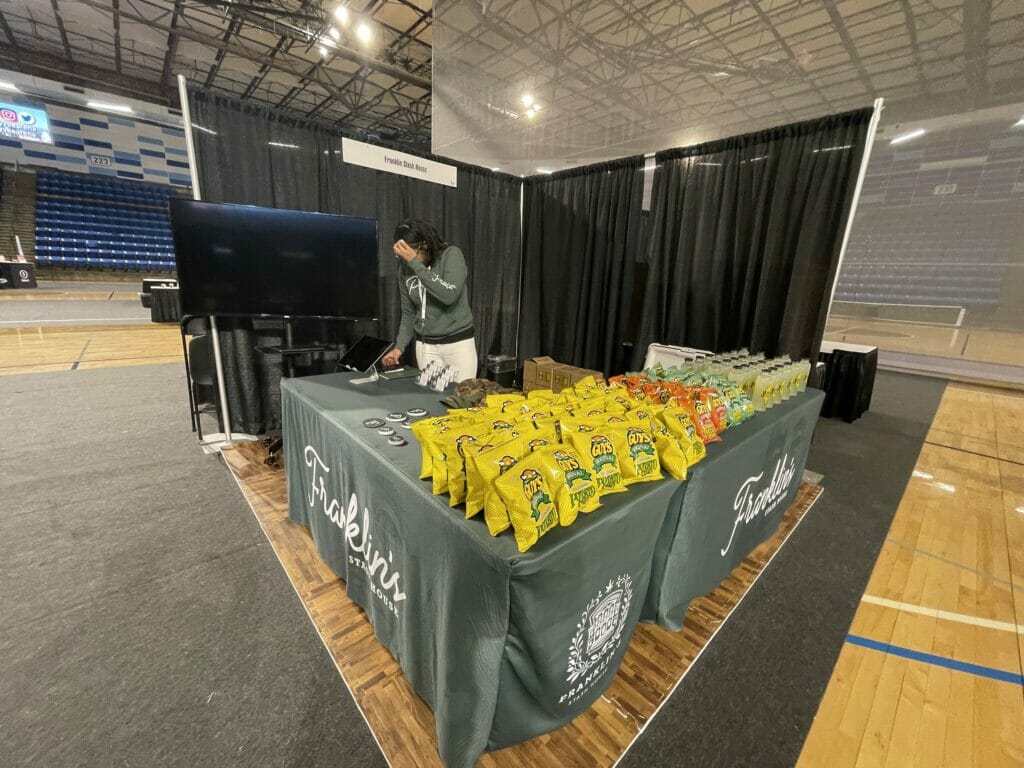
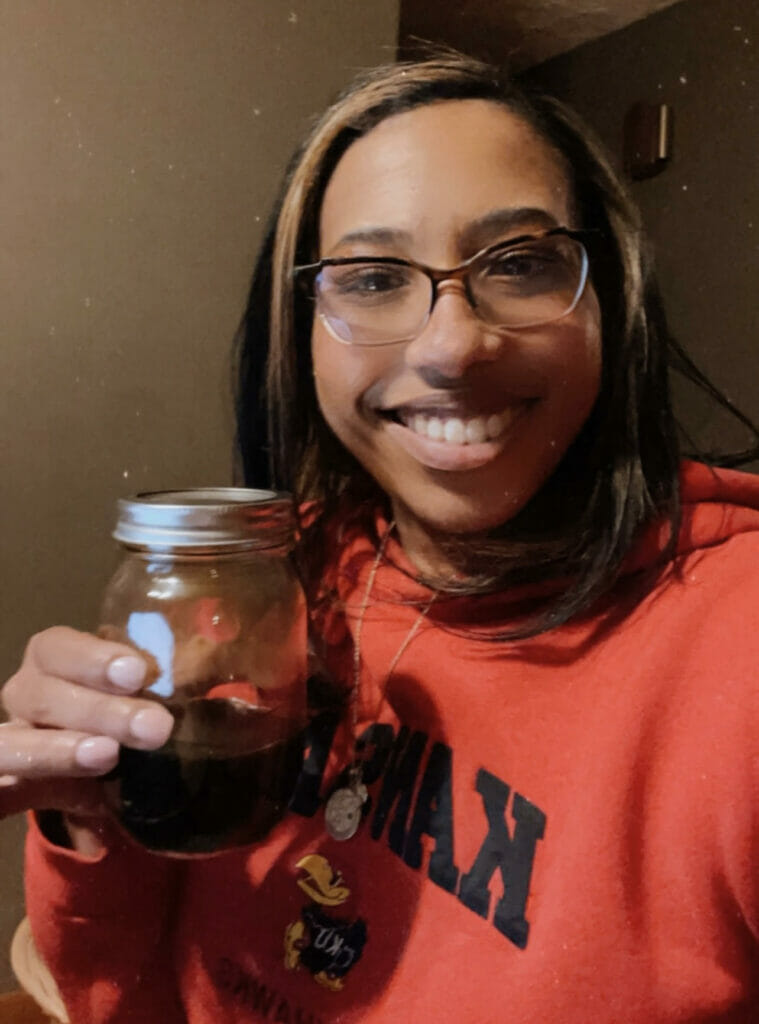
Can you share some experiences of working with small business owners or companies interested in getting into the THC or CBD-infused markets for snacks and beverages?
Right now we have one chef interested in coming out with his own beverage line. But the rules and regulations in cannabis are totally different. You need to make sure that people identify with your brand so that people and budtenders can help people find it.
I tell people that before you segway into cannabis you should have a mainstream following, otherwise you waste a lot of time and money. The rules are so different in cannabis. You can’t use traditional routes to market. You need to consider ground-level marketing and be at fairs and community events.
Any lessons learned in the last year?
Being on top of data and consumer trends is huge, just like with any other market. Most importantly, people who want to break into this market should focus on finding holes in the market. I suggest going to other states to see what’s thriving and then look at what’s missing in your state. When we launched our products in Missouri, we had the only chip and fruit punch with THC.
The gummy market is so saturated, so you have to think about other opportunities. Look for the holes and lean into that. For instance, you might consider focusing on the vegan market and other underserved markets.
You don’t have to bring another multi-state operator to your town to offer something new. You can be the one that offers a new drink or hard candy or sucker.
What’s next for your company in the cooking with cannabis market?
We’re just getting started with hosting events where people can network and showcase products. We’re working with BGreen Distributions in KC to curate cannabis events where people can network and showcase products. Whether it’s venture capitalists, people in the industry or patients, we want to bring together like-minded folks together to enjoy good food that’s infused.
Michael Webster is the founder and managing member of Falling Leaves Events, a Michigan-based company advancing projects in cannabis event organizing.
Following a corporate career in technical content development, Webster made the transition to the burgeoning medical cannabis industry. With more than a decade of cannabis experience in both the legacy and regulated markets, he has emerged as an influential voice in the social equity space. He is an ascending force in the area of advocacy and was most recently named host of the National Cannabis Industry Association’s weekly social equity call, The Power Hour.
How did you get into the cooking with cannabis industry?
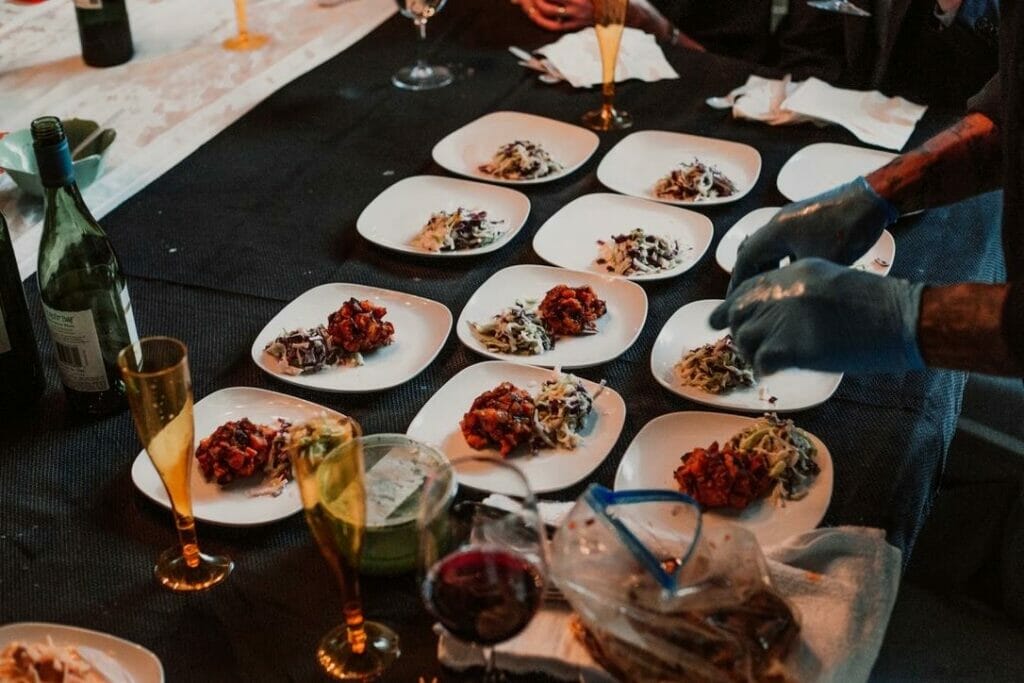
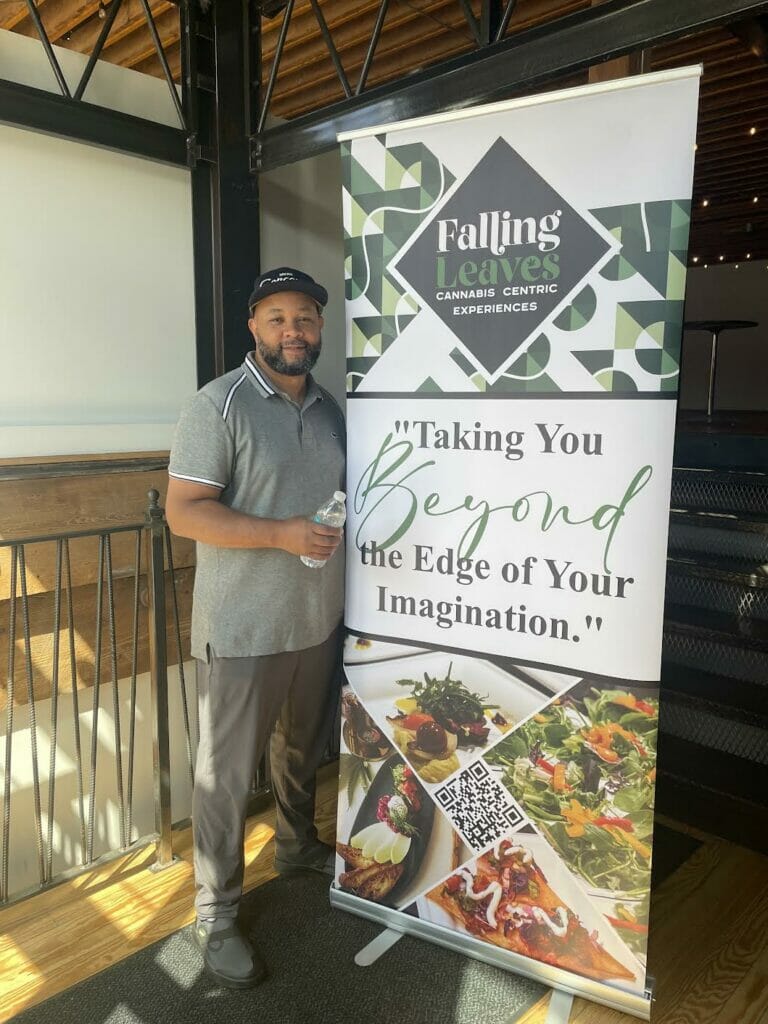
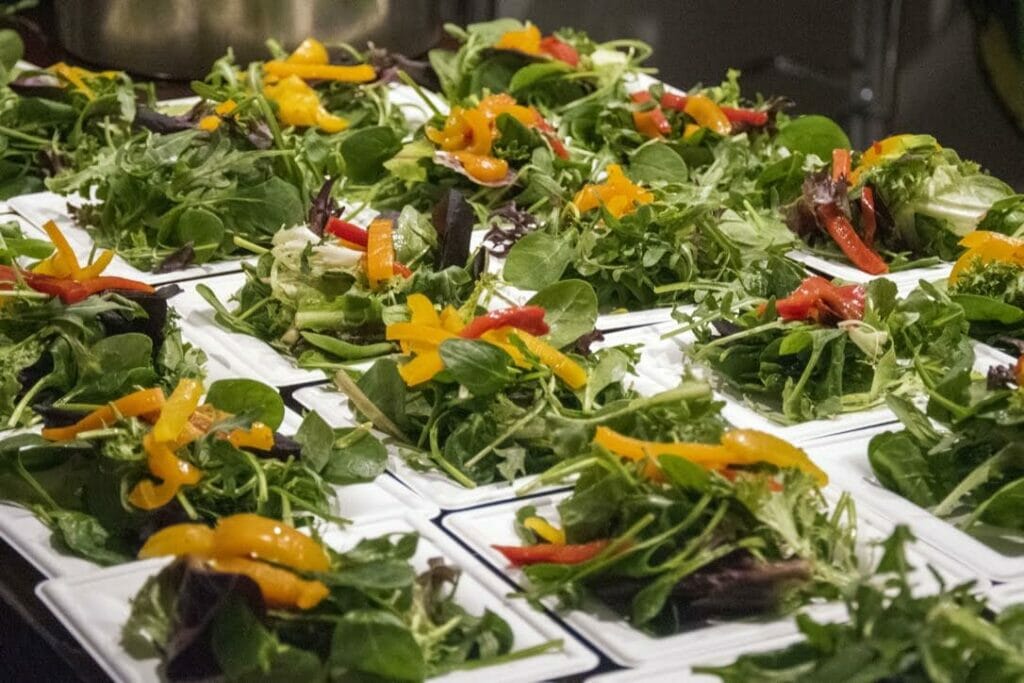
As someone who comes out of the legacy market, I was never comfortable with fitting into one of the license category boxes that the regulated cannabis industry decided to create. The regulators don’t know the plant the way we do, so it would be impossible for them to create appropriate spaces for all that this plant is ushering back into society – health, wellness, euphoria, textiles, nano technology, building materials, and yes, food.
So, the short answer to the question is risk inclination, unmitigated gall, and authenticity.
What type of people come to your events?
Our events are attended by members of the regulated cannabis supply chain as well as her aspirants. Our audience recognizes that there are a range of exciting cannabis events being produced as both prohibition and stigma recede at the state level. However, we attract attendees who seek out an immersive experience, not just an event. And as such, everyone from the canna-curious, to the seasoned cannabis veteran attends our events. And it is that mix of views and lived experiences that create the organic magic that has come to define a Falling Leaves Event.
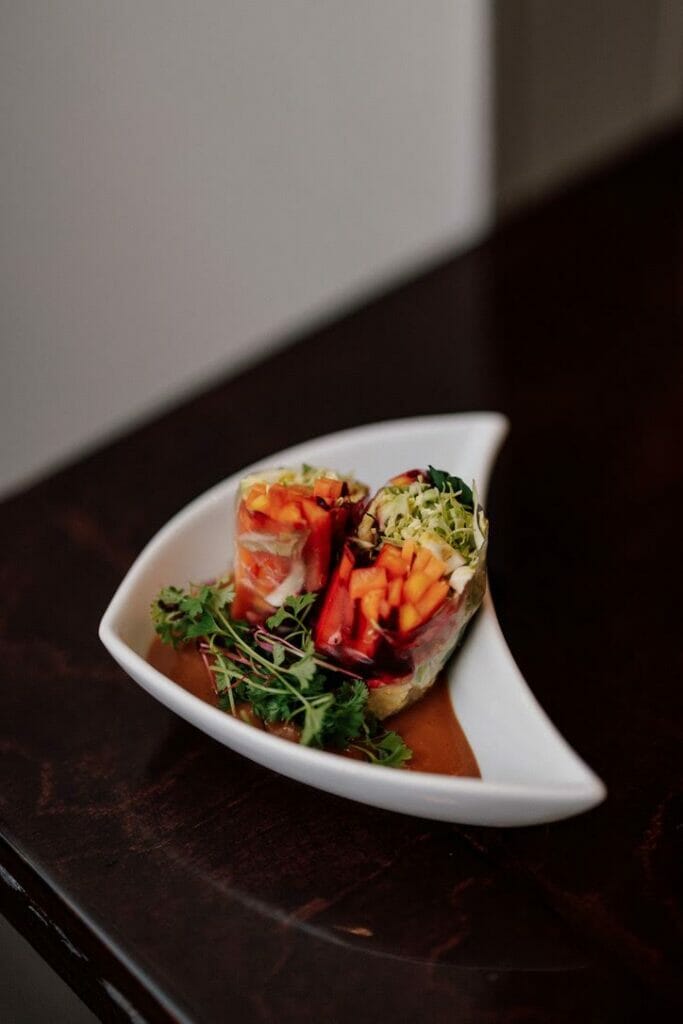
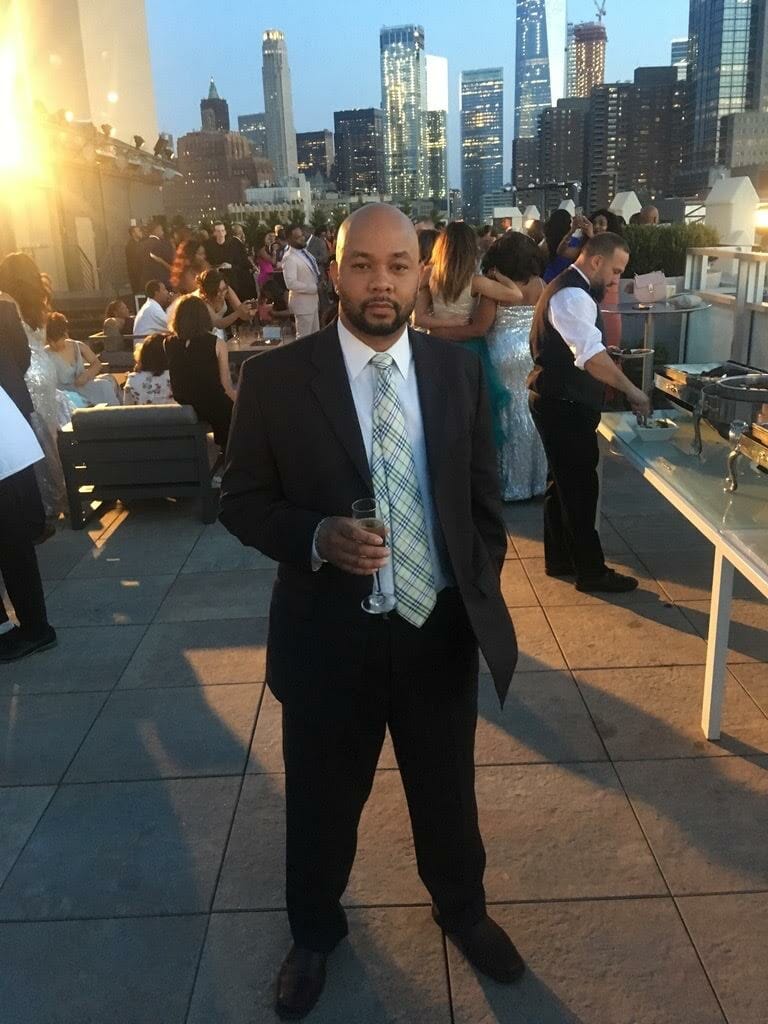
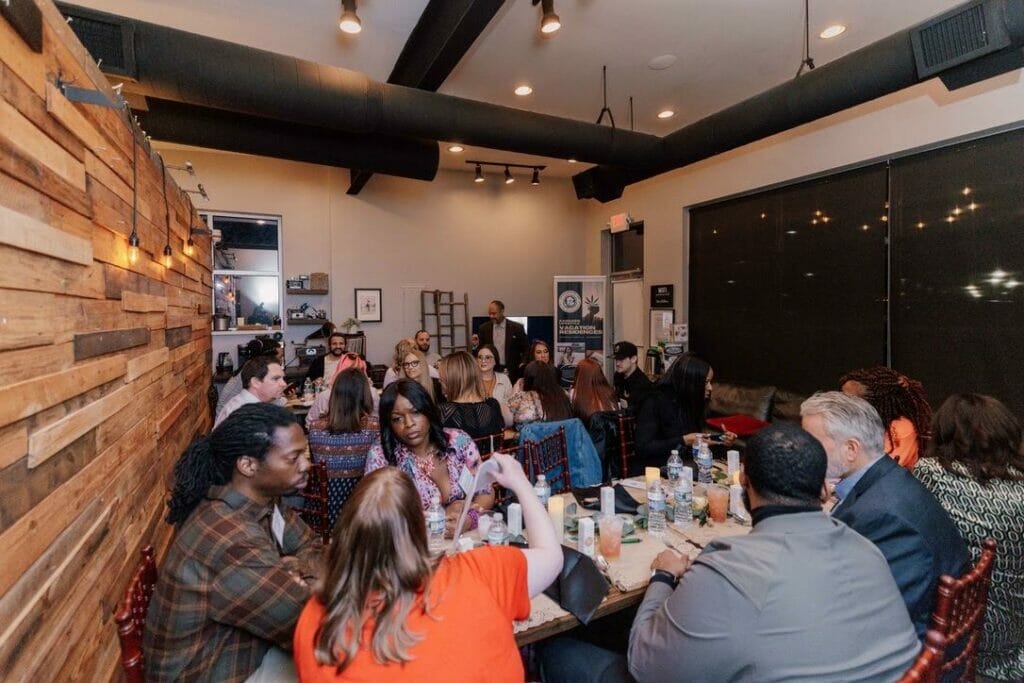
Why do you believe the events are gaining traction?
Our current traction is tied directly to our decision to take the road less traveled. Post-pandemic, and post state-level prohibition, many cannabis form factors are being unleashed on a cannabis event attendee market that is hungry for change. But many cannabis event organizers responded with the same ole same. But no longer accepting of cannabis event 1.0 – 2500 people corralled in an open-air space and allowed to combust – folks want normalized integration of public cannabis consumption. Particularly older generations, who represent some of the largest growing segments of the cannabis consumer market, have yet to enjoy their time in the Sun. They’ve lived under the stigma and taboo of cannabis for so long, they’re like the broken-spirited lion who won’t leave the cage once opened after 20 years of captivity. Falling Leaves creates curated experiential events with these demographics in mind – coaxing them out of the shadows with fine dining, B2B networking, pickleball, and more.
Any lessons learned that you’d like to share ?
The most important lesson I’ve learned as both a cannapreneur and solopreneur is self-reliance. Full stop. Nothing more needs to be said.
